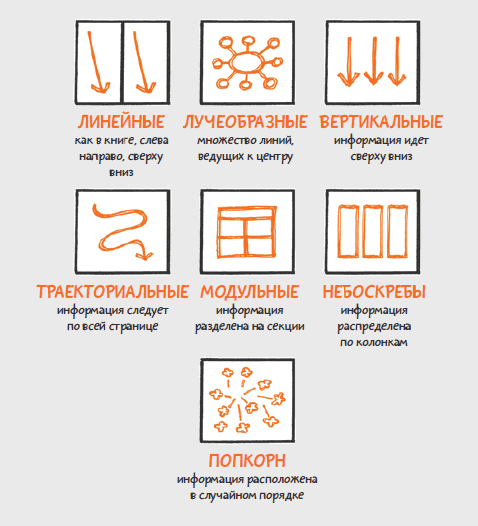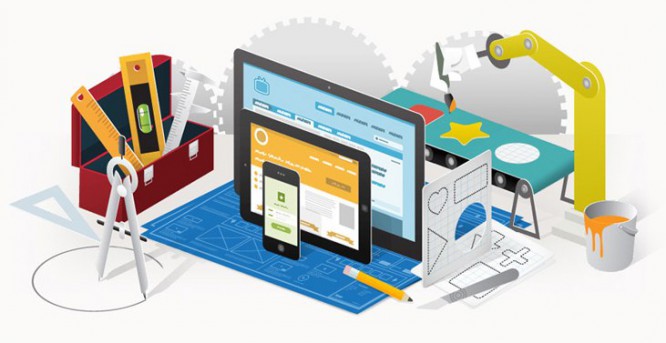9 tips for a budding designer to build your own portfolio
9 tips for a budding designer to build your own portfolio
One of the most important questions for a budding designer is how to fill your portfolio? Where to get the first clients? How to get your first projects?
There are many different ways to start a career in design. Starting from working as an intern in a design studio, ending with the creation of your own studio. One of the easiest ways to start a career is to look for jobs as a freelancer. For all its drawbacks, freelancing seems to be a very attractive option for many. But in order to receive orders, you must definitely show your work to a potential client. Few will agree to give an order to a designer who has a completely empty portfolio. It turns out a vicious circle: no orders → no portfolio, no portfolio → no orders.
First you need to realize that the first projects in the portfolio (cases) are a very, very important step. The quality of the first works determines which clients will come to you, and, in fact, the entire further path of the designer. Therefore, in the first cases, it is important to show yourself as much as possible, your knowledge, and modest (for now) skills. Yes, you may not be able to surprise clients with sophisticated techniques and super-creative techniques, but you can demonstrate your approach and thinking. If you have good projects in your initial portfolio, this will give you a serious acceleration, because such works tend to spread on design blogs and raise the rating on freelance exchanges.
It is important to remember that neither at the beginning of your career, nor later, you can work on projects that do not correspond to your beliefs. This is very harmful. Maxim Ilyakhov writes about this in more detail in his council.
And, of course, you can’t fill your portfolio with mediocre works. What your first jobs will be, so will your subsequent clients.
So, let’s move on to the ways to fill the portfolio.
1. Design for yourself
The most obvious way to get a portfolio case is to design for yourself or your company. It can be a website, corporate identity or something like that. The difficulty here is that you will have to come up with restrictions on your own, because design without restrictions is not design, but pure creativity. But if you do a good job, this project will become not only a case in your portfolio, but also your business tool.
For example, the corporate identity of the Sulliwan studio: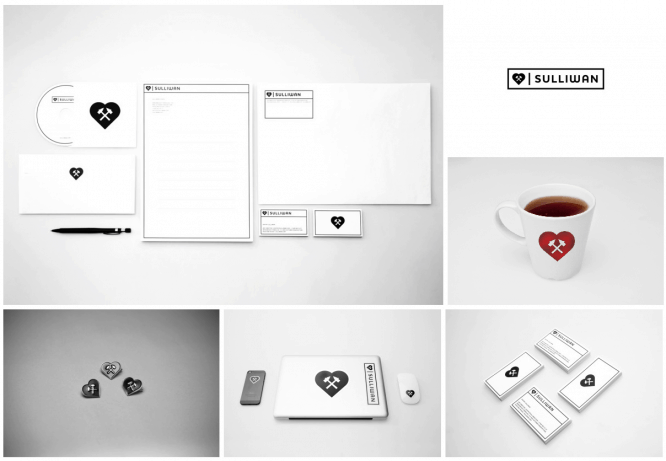
2. Design for friends or acquaintances
You can offer relatives, friends or good acquaintances a job for a symbolic reward. But be very careful with this option. You have little experience with clients (otherwise, you would not have read this text). Most likely, something will go wrong and you risk ruining the relationship. Think 10 times before trying this option.
3. Design for a fictional client
This was the beginning, in particular, of Artemy Lebedev. You can independently come up with a client with his tasks and limitations, and then solve these design problems. It is important to come up with a client as close to reality as possible. Don’t design for a brain transplant firm. Better design for a fictional PR agency. The simpler the better.
If you are starting a career in the field of web design or mobile application design, you can come up with a useful and, as you think, in-demand service, and then create a design for it. Just try not to be another mobile weather app;)
4. Design for a famous brand or website
You take a well-known brand or internet service, and independently develop a new design for them. A very good way from the point of view of your further promotion, because if you solve the problem well and present it correctly, you will be noticed. Take a close look at the big brands. For many, corporate identity and websites have not been updated for years, and there is room for work.
A good example of this is the guy who made the branding for Microsoft: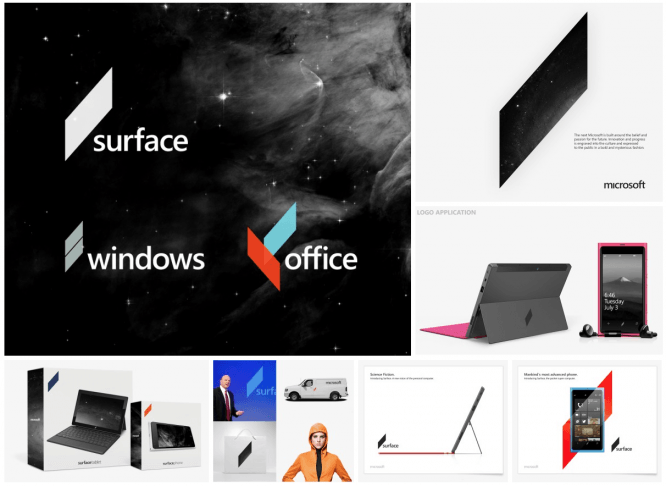
5. Contests
There are many design contests out there. Personally, I am skeptical about them, because more often than not they offer to work for free, for a chance for a remuneration not exceeding the average cost of such a contract in the market. But for a start it will do.
Some of the contests can be found on social networks and blogs, but the bulk is on specialized sites like 99designs and GoDesigner, as well as on freelance exchanges. The good thing about this method is that you don’t need to invent a problem, it already exists. And if successful, you will not only get the job done, but also make some money.
By the way, there are also very good contests, for example, VKontakte contests for the development of mobile applications with a prize fund of millions of rubles. Despite the fact that they are already completed, there is nothing stopping you from making a decision and placing it in your portfolio.
6. Free work (“for portfolio”)
I strongly advise against looking for a customer who will agree that you work for him for free. First, any work must be paid. Even a beginner’s work costs money. Secondly, the chance to find a normal client in this way tends to zero.
7. A project of a famous studio or designer
You can take a problem that your colleagues have already solved. Look at the work of famous designers and studios, choose what you think is bad and do it better. In addition to experience and a good case, you can count on some resonance in the design environment (wow, the student did better than Studio X!).
8. Own project
A very useful method both from the point of view of practice and from the point of view of public benefit. By creating a thematic collection, a web service, a design framework, a set of free icons, or PSD templates, you not only fill your portfolio, but also help other people. In addition, if your project turns out to be good, over time it can become a source of income.
For example, the service for taking notes Enotus Artyom Nosenko (Artyom, of course, is not a beginner, but an excellent example):
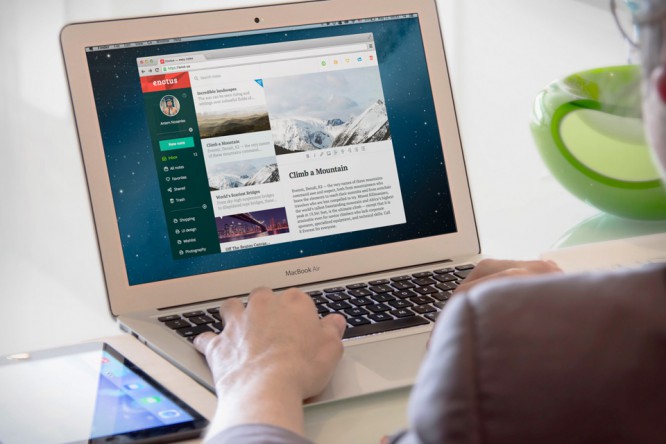
9. Solving a real problem
In my opinion, the best way to show the world and potential clients what you are capable of is to find a real problem in the real world and solve it with the designer’s methods and tools. This will develop you as a real designer and show you the range of tasks that are interesting to you.
An example of such a project is the Scheme of the Moscow metro by Ilya Birman (also not at all a beginner):

Conclusion: work, make a cool design and you will be happy 🙂
Source: awdee
…

